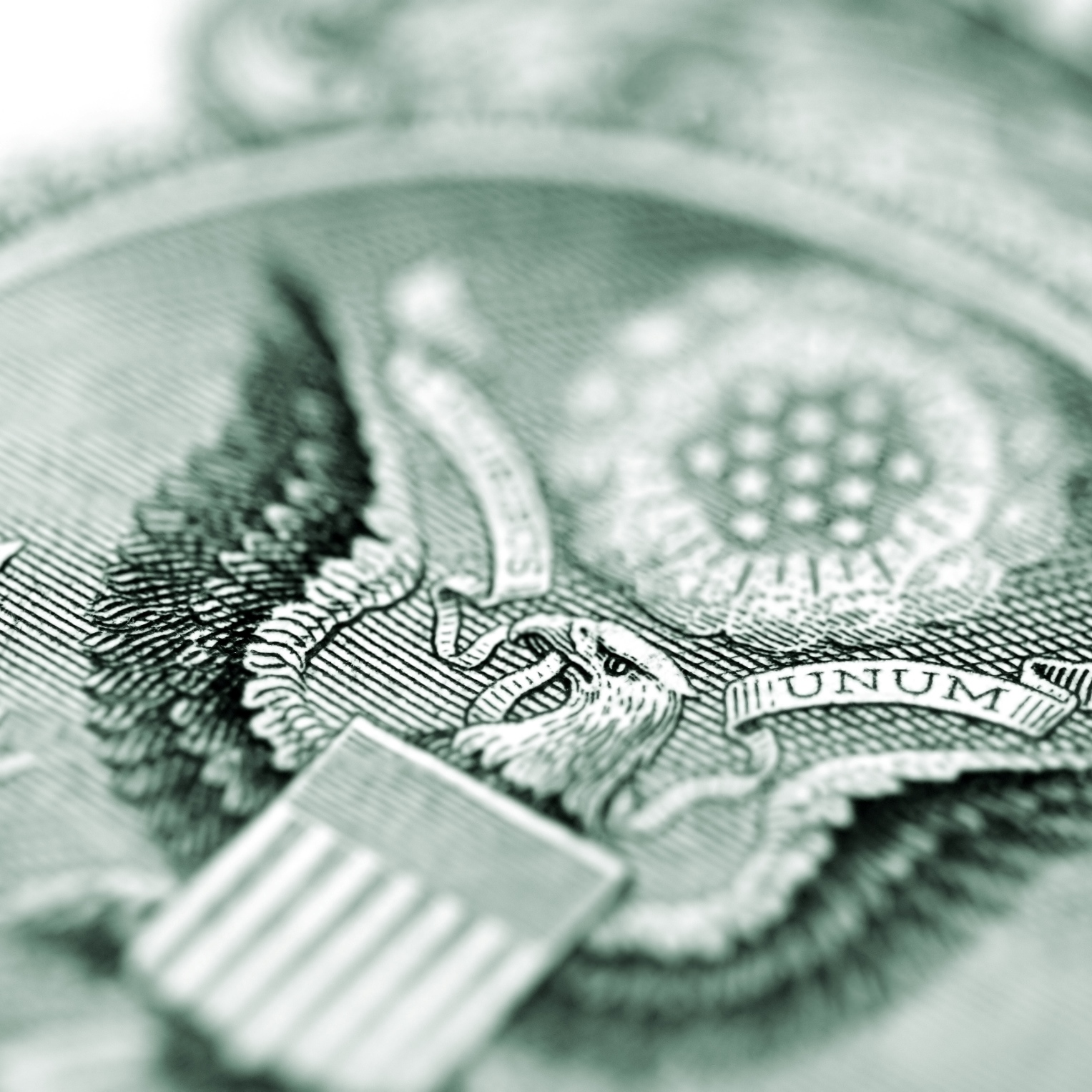Banking, finance, and taxes
China and Japan Continue to Liquidate US Treasury Holdings: What It Means

Published:
Last Updated:

November marked a record month for China in terms of the pace of its liquidation of foreign exchange reserves. The People’s Bank of China reported on Monday, December 7 that foreign exchange reserves, which mostly consist of U.S. Treasury debt, dwindled by another $87 billion in November. This constitutes a stunning 2.5% drop in one month.
Since peaking at $3.99 trillion in June 2014, China’s central bank has sold off more than half a trillion dollars of (mostly) U.S. treasuries, accounting for 14% of its entire stockpile. At this rate China’s foreign exchange holdings will be liquidated within nine years. While there is no reason to assume the current rate will continue for that long, it does illustrate how fast the debt and currency markets are moving, hinting at possible instability ahead.
Right behind the largest U.S. Treasury holder is the second largest, Japan. Japan’s Ministry of Finance also reported a sharp drop in its own foreign exchange reserves in November, likewise also mostly U.S. Treasuries. Japan’s stockpile is now $1.233 trillion, down from $1.244 trillion last month for a drop of 1%. Since peaking, Japan’s hoard has dwindled by 6%, and the decline has so far lasted four years.
Why the sell-off? Central banks tend to sell foreign currency when their own domestic currency is under too much selling pressure. China is currently experiencing capital outflows as investors abandon their yuan for U.S. dollars and euros to take out of the country and invest elsewhere. That floods the Chinese markets with extra liquidity that the People’s Bank of China is trying to soak up before it results in price inflation. They do this by selling foreign currency in order to buy the extra yuan. It’s the same story, though to a lesser extent, with Japan.
The longer term implication of these sell-offs is that they eventually will affect global bond and currency markets. With the two biggest holders of U.S. Treasuries now net sellers, and the Federal Reserve about to hike interest rates, there will be little buying pressure to counteract a sell-off caused by any possible disturbance.
Regarding the probable upcoming Fed hike, keep in mind that the Fed does not simply dictate its own overnight rate by fiat. Also, the rate itself is not what the Fed charges member banks for funds. The actual rate is the rate at which Fed member banks loan to one another. In order to tweak this rate higher, the Fed must sell bonds to banks and absorb the dollars to lower the dollar supply. This is the actual mechanism by which the federal funds rate is raised.
The conclusion being that once the target rate is finally raised, presumably next week, the top three bond-buying central banks will all be net sellers. These are the People’s Bank of China, the Bank of Japan and the Federal Reserve. What happens then? Nobody knows, but we’ll soon find out.
Retirement can be daunting, but it doesn’t need to be.
Imagine having an expert in your corner to help you with your financial goals. Someone to help you determine if you’re ahead, behind, or right on track. With SmartAsset, that’s not just a dream—it’s reality. This free tool connects you with pre-screened financial advisors who work in your best interests. It’s quick, it’s easy, so take the leap today and start planning smarter!
Don’t waste another minute; get started right here and help your retirement dreams become a retirement reality.
Thank you for reading! Have some feedback for us?
Contact the 24/7 Wall St. editorial team.